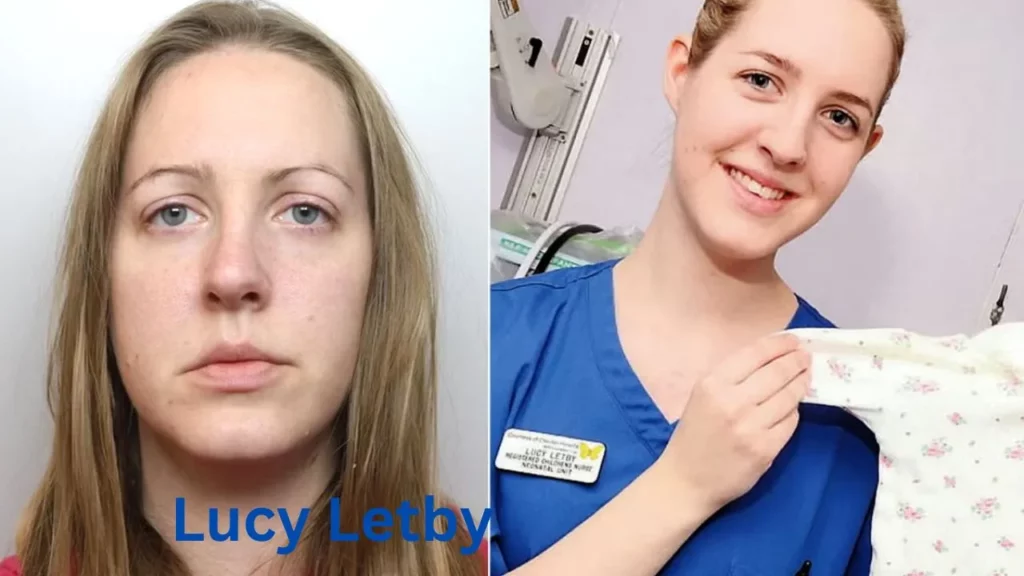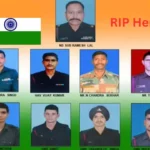Table of Contents
In a court covered in remarkable degrees of press mystery, the preliminary of Lucy Letby has finished up, uncovering a chilling story that has sent shockwaves through the clinical local area and then some. Letby, an attendant previously working at the neonatal unit of the Royal lady of Chester clinic, had to deal with penalties that have pushed her into the spotlight as a figure inseparable from perhaps of the most obscure part in English clinical history.

Stealthy Procedures and the Shroud of Quietness
The preliminary unfurled in the midst of an emanation of mystery seldom saw outside issues of public safety. Rigid revealing limitations cast a cloak of namelessness over vital parts of the procedures, influencing the two casualties and witnesses the same. The media wound up limited by a request that abstained from naming any of the 17 newborn children at the focal point of the charges. Also, the nine specialists and medical caretakers who worked close by Letby during her residency at the neonatal unit remained darkened from public scrutiny.
The tangled trap of mystery stretched out its span to the living kids engaged with the case. A request gave two years before the preliminary’s beginning disallowed any distribution that might actually prompt the ID of the living youngsters until they arrived at their eighteenth birthday celebrations. These youngsters, brought into the world somewhere in the range of 2015 and 2016, bore the repercussions of significant handicaps, with the indictment stating Letby’s activities as a contributing factor.
An Unpredictable Request with Extensive Effect
Quite, the request delivered the distribution of perished youngsters’ characters inconceivable because of the gathering of kin and the possible declaration of their folks. In contrast to regular conditions, where the names of perished kids are public information, this case’s complexities smothered the divulgence of such imperative data. Among the 17 babies were three arrangements of twins and one bunch of trios, their characters disguised through a coding arrangement of letters from A to Q.

Media’s Fight for Straightforwardness for Lucy Letby
The case incited an alliance of news sources, including the BBC and The Gatekeeper, to mobilize for straightforwardness. Their contention laid on the affirmation that extensive limitations blocked the media’s capacity to report completely on the case. Accordingly, Mrs. Equity Steyn, the directing appointed authority, made concessions. While fractional obscurity was conceded to specific guardians, the media was allowed to distribute first names of the departed youngsters. Their personalities, in any case, were hidden by alphabetic letters.
Namelessness: The Watchman of Declaration
The shadow of namelessness reached out past the people in question. Letby’s medical clinic partners, some of whom affirmed as indictment witnesses, got security from public distinguishing proof. Witness articulations submitted to the court uncovered the partners’ interests that worldwide openness could hamper their capacity to give exact declaration. The court agreed with their reservations, accentuating the significance of value proof over media scrutiny.
Liable Decision: A Stain on Clinical History
The finish of the preliminary portrayed Lucy Letby’s activities. Viewed as at legitimate fault for killing seven babies and endeavoring to kill six more, Letby carved her name into the chronicles of English history as the country’s most infamous kid sequential killer. The consequences of her activities keep on resonating, bringing up issues about the frameworks set up to protect the most powerless among us.
The preliminary of Lucy Letby fills in as an obvious update that even in the domain of medication, haziness can hide. As the residue chooses this milestone case, the country wrestles with the agitating truth that the sacredness of neonatal consideration was penetrated by one of its own.
“The Lucy Letby preliminary has divulged a chilling story of mystery and misfortune that will perpetually stamp a troubling section in clinical history.”










